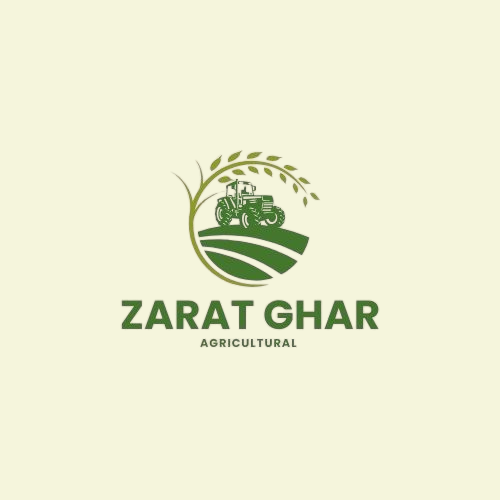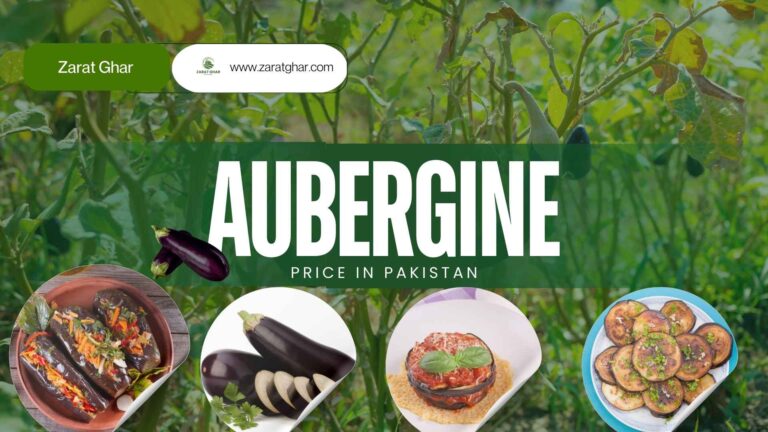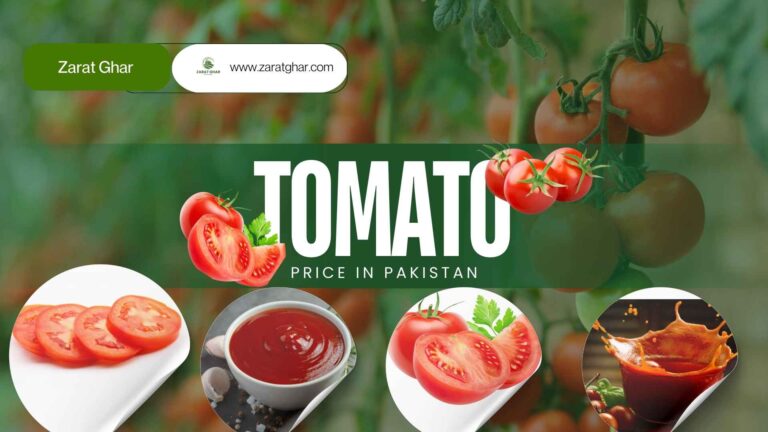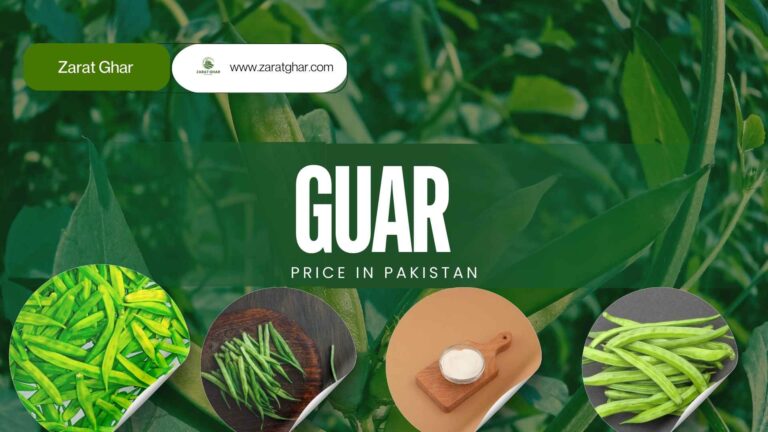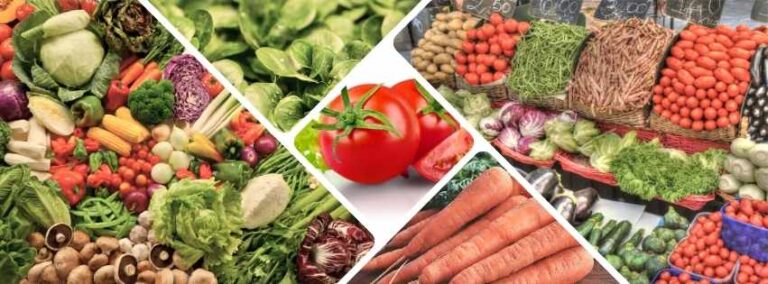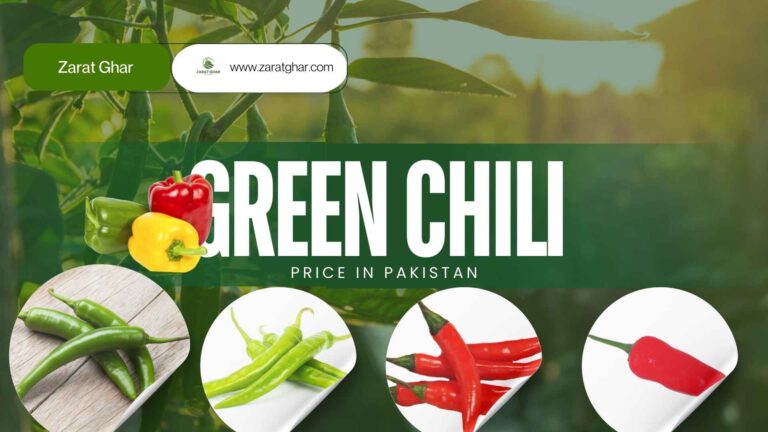Lady Finger Price in Pakistan | December 2025
Lady finger Price per kg today in pakistan is PKR 150-250 varies depending on the region, quality, and seasonality.
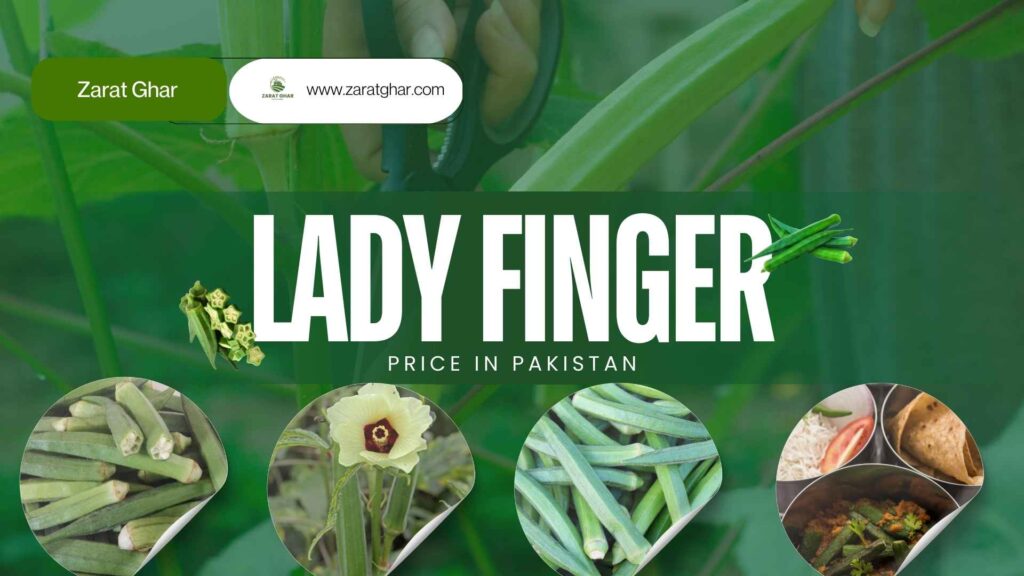
The staple vegetable of Pakistan is the lady finger. It’s also called okra and bhindi. The versatile vegetable is used in many Pakistani dishes, including curries and snacks such as ladyfinger biscuits. The demand for ladyfinger will remain high until 2025. This makes its price a hot topic among consumers. This blog will explore the price of ladyfinger in Pakistan, its factors that affect its price and its growing seasons.
Lady Finger Rates in Pakistan 2025 – Major Cities
| City | Lady Finger Price per Kg (PKR) |
|---|---|
| Karachi | Rs. 140 – Rs. 180 |
| Lahore | Rs. 130 – Rs. 170 |
| Islamabad | Rs. 140 – Rs. 190 |
| Rawalpindi | Rs. 135 – Rs. 180 |
| Faisalabad | Rs. 120 – Rs. 160 |
| Multan | Rs. 110 – Rs. 150 |
| Peshawar | Rs. 130 – Rs. 170 |
| Quetta | Rs. 150 – Rs. 200 |
| Hyderabad | Rs. 120 – Rs. 160 |
| Sialkot | Rs. 130 – Rs. 170 |
| Gujranwala | Rs. 125 – Rs. 165 |
| Bahawalpur | Rs. 110 – Rs. 150 |
| Sukkur | Rs. 115 – Rs. 155 |
What is Lady Finger?
Ladyfinger belongs to the Malvaceae group of vegetables. The green pods of the plant are harvested and used in a variety of ways. It is rich in vitamins, minerals and fiber. This makes it a popular ingredient for health-conscious dishes. The vegetable is widely used in Pakistani cuisine.
The lady finger vegetable has a long, thin, green texture with some bumps. In Pakistan, it is known as Bhindi and Ladies finger. It thrives in Pakistani agriculture and grows well in warm climates. Ladyfinger’s seasonality directly impacts its price. It can fluctuate greatly based on demand and supply.
Today, the Lady Finger Price is Pakistan
In Pakistan, the price of ladyfinger fluctuates because of a number of factors. These include seasonal availability, weather conditions and market dynamics. Prices of ladyfinger in Pakistan have seen significant fluctuations since May 2025. The lady finger price per kg tends to be higher in off-season due to the limited supply.
Vegetable Price List
According to the price list of vegetables ladyfinger is a popular and highly-sold vegetable. The lady finger price today in Pakistan varies between PKR 150 to PKR 250 per kg, depending on where you live. Prices may differ in large markets such as Karachi and Lahore.
- Lady finger price in Karachi The bhindi rate today are approximately PKR 230 per kg. However, it can reach PKR 250 in the off-season.
- Lady finger price in Lahore bhindi price today are slightly lower at PKR 200 a kg.
Organic Ladies Finger
organic ladies finger has become a highly sought after commodity. Some markets sell organic ladyfinger at PKR 300 a kg. The higher price is due to organic farming practices, which are more expensive and produce less ladyfinger than conventionally grown ladyfinger.
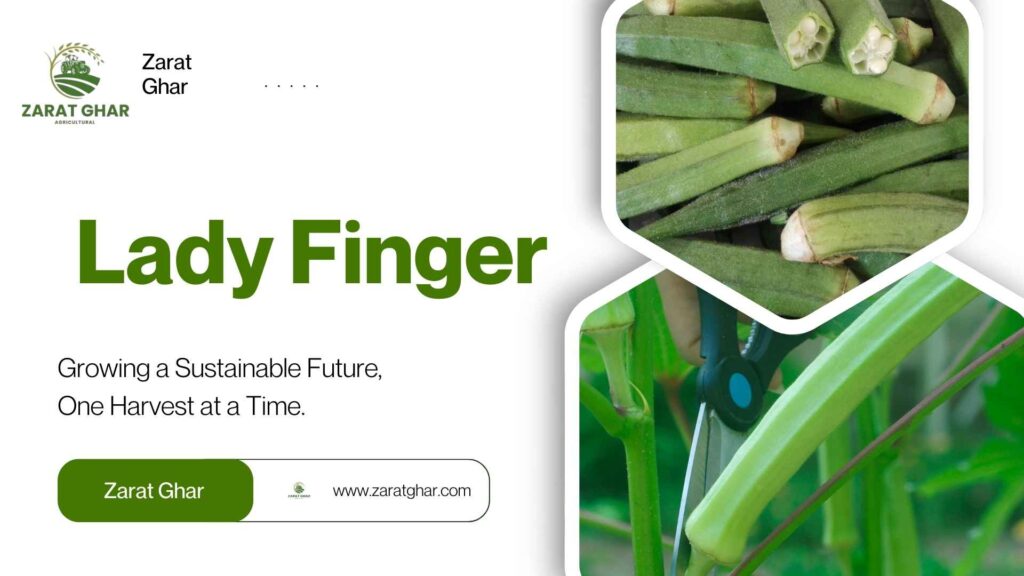
The Lady Finger Season in Pakistan
The summer crop lady finger is typically planted from March to may. In Pakistan, the best months for growing ladyfinger are June through September. The temperatures during this time frame are perfect for growth. ladyfinger yield per acre vary from 10 to 15, depending on farming methods.
Ladyfinger plants can be harvested as often as every 3-4 days during the growing season. The pods are ready to harvest in a short time. During this time, ladyfinger is more readily available and prices are lower. Once the season is over, however, the supply will decrease, which will cause prices to increase.
Lady Finger Yield Per Acre
ladyfinger yield per acre is dependent on a variety of factors, including soil health, irrigation techniques, and weather conditions. Farmers can typically harvest 12-14 tons per acre. The yield may be lower if the soil is poor or adverse weather conditions are present.
Lady Finger Price in Pakistan by 2025
The prices of ladyfinger vary not only by region, but also day-to-day. daily market price vegetables are a good indicator of price fluctuations. lady finger price per kg may range from PKR 150 to 250, but certain cities like Karachi and Lahore can have more volatile prices.
Factors Affecting Lady Finger Price
The price fluctuation of ladyfinger is influenced by several factors in Pakistan. These include:
- Seasonality As previously mentioned, ladyfinger prices are higher during the off-season than they are in peak seasons.
- Demand and Supply: A high demand during holidays or festive seasons can cause prices to rise.
- Transportation costs : Ladyfinger, a perishable product, is affected by transportation costs, especially when it’s a distance that needs to be covered.
- Market speculation: Local market and wholesale market speculations can also lead to price increases, particularly in times of uncertainty.
Lady Finger Price per Kg in May 2025
The lady finger price per kg today is fairly stable as the seasons change. In May 2025 the bhindi rate today tend to fluctuate depending on local supply chain conditions and availability.
Ladyfinger Biscuits – A delicious twist on tradition
ladyfinger biscuits recipe is a popular snack that uses ladyfinger. Crispy and sweet, these biscuits have become a favorite, especially in Lahore, Karachi, and other parts of Pakistan. The lady finger biscuit price varies depending on the size and quality. However, on average you should expect to pay between PKR 150 and 250 for a box.
Conclusion
Ladyfinger prices in Pakistan are affected by many factors, but seasonality and demand-supply cycles are the most important. Prices are expected to stabilize as we near 2025. However, they will rise in the off-season. Understanding the dynamics of these fluctuations can help both consumers and producers navigate them, ensuring that there is a constant supply of this popular vegetable.
See Also;
